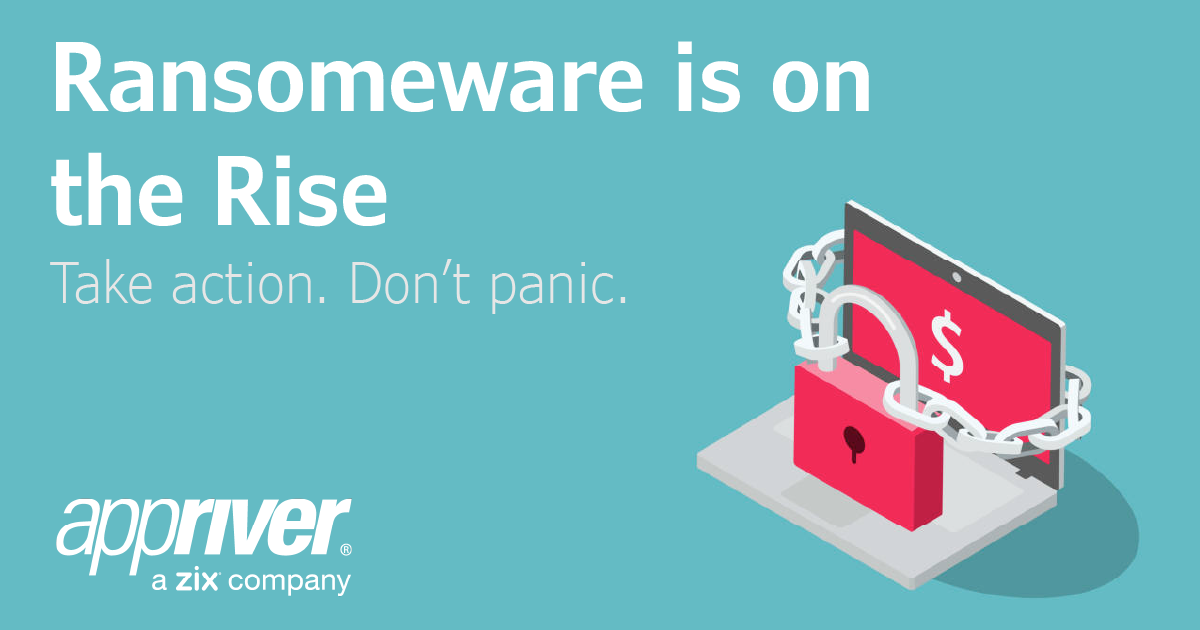Ransomware on the Rise: Top Delivery Vectors
Author: Richie Thompson | AppRiver | NetVU Platinum Partner | Posted 10/5/2021

Ransomware is a costly and destructive threat to organizations – and a quick glance at the headlines shows that these attacks are clearly on the rise. Fortunately, with a clear understanding of the risk to your business, there’s no need to panic.
As the ransomware threat evolves, the best way to stay safe from these attacks is to understand the different types of delivery vectors and how to implement a solid security strategy.
Email
Email is one of the most popular if not the most prominent means of delivering ransomware. Sometimes, this takes the form of phishers tricking recipients into clicking on a malicious link that redirects them to a fake login page. Other times, it involves digital attackers using suspicious email attachments to infect recipients with malware.
Exploit Kits
Exploit kits are malicious software packages that commonly lie in wait on the other end of a malvertising or drive-by download attack. In either scenario, users end up on a compromised website where the exploit kit scans for vulnerabilities in the visitor’s browser, operating system, or other software. If it comes across a supported flaw, it then executes its malicious code for the purpose of dropping ransomware or another payload.
Software Vulnerabilities
Ransomware actors’ weaponization of software vulnerabilities isn’t limited to just exploit kits. Take the recent supply chain attack involving Kaseya, as an example. For that incident, the REvil ransomware group misused a zero-day vulnerability to compromise what many SMB and managed service provider (MSP) customers considered to be a trusted and authorized software product. In doing so, the gang succeeded in infecting an untold number of businesses worldwide.
Defending Against Ransomware
The delivery vectors discussed above highlight the fact that organizations can’t defend themselves against ransomware in a single step. They need to take a multi-pronged approach that involves vulnerability management, security awareness training, and network segmentation. Such a strategy also requires the use of an email security solution that’s capable of scanning incoming messages for malware signatures, campaign patterns, and other threat indicators.
To learn more or ask questions about ransomware contact Richie Thompson at [email protected].